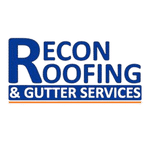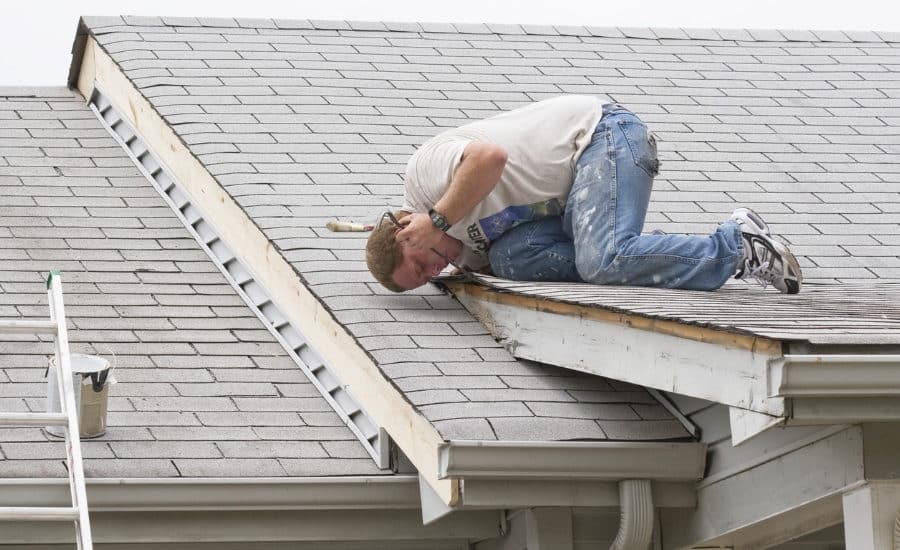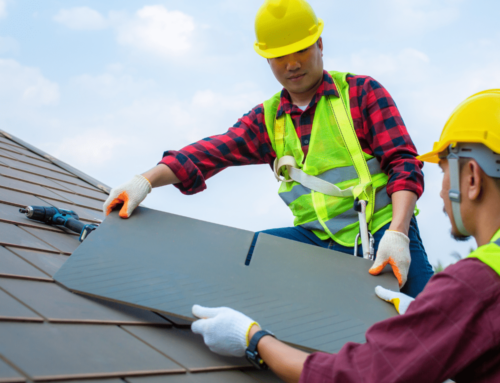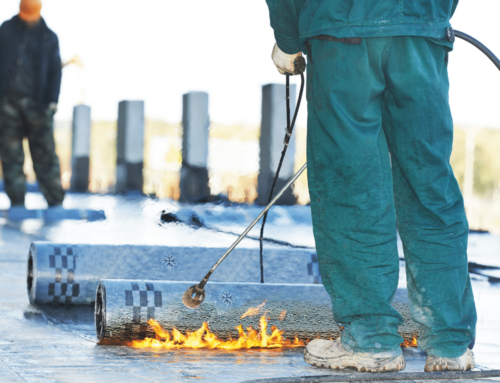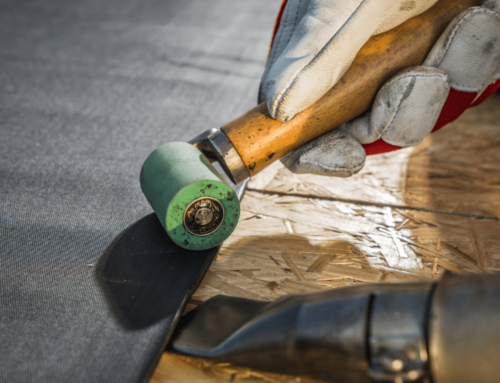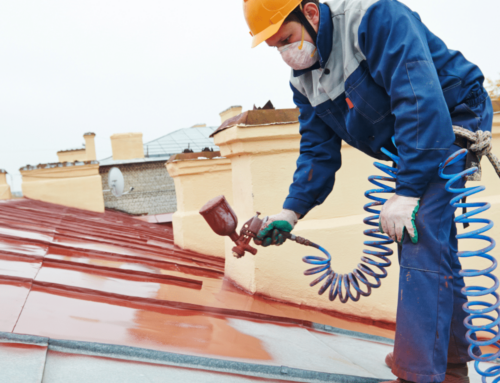Your roof is a critical part of your home’s structure, providing shelter and protection for everything underneath. To ensure its longevity and efficiency, regular inspection and maintenance are paramount. In this guide, we’ll walk you through the best practices for mastering roof inspection and maintenance.
1. Understanding the Importance of Roof Inspection
Regular roof inspections are essential to identify potential issues before they escalate into costly repairs. Here’s why it matters:
- Early Detection of Problems: Inspections help catch problems early, preventing them from worsening over time.
- Extending Roof Lifespan: Timely maintenance prolongs the life of your roof by addressing issues promptly.
- Preserving Home Value: A well-maintained roof is a crucial factor in maintaining and potentially increasing your home’s value.
2. Establishing a Roof Inspection Schedule
Set a regular schedule for roof inspections to ensure thorough checks. Consider these guidelines:
- Twice a Year: Inspect your roof at least twice a year, ideally in the spring and fall.
- Post-Severe Weather: After a severe storm, conduct a quick inspection to ensure no damage has occurred.
- Post-Gutter Cleaning: Inspect the roof after cleaning the gutters to check for any debris or damage.
3. Conducting a Thorough Roof Inspection
Follow these steps for a comprehensive roof inspection:
- Exterior Inspection: Check for missing, damaged, or curled shingles, and inspect the condition of the flashing, vents, and gutters.
- Interior Inspection: Look for signs of leaks, water stains, or mold on your ceilings, attic walls, and around chimneys.
4. Addressing Common Roof Issues
Be prepared to tackle common roof problems:
- Leaky Roof: Promptly address leaks by identifying the source and patching or replacing the damaged area.
- Shingle Damage: Replace damaged shingles to maintain the roof’s integrity and prevent further issues.
- Gutter Maintenance: Clean gutters regularly and ensure they’re securely attached to prevent water damage.
5. Regular Roof Maintenance
Regular maintenance can prevent major issues. Here’s how to maintain your roof effectively:
- Trim Overhanging Branches: Cut back branches to prevent damage from falling limbs or excessive shade.
- Clear Debris: Keep the roof clear of debris to prevent water accumulation and potential damage.
- Professional Maintenance: Consider hiring a professional roofer for annual inspections and maintenance.
Conclusion
Mastering roof inspection and maintenance is crucial for ensuring the longevity and performance of your roof. By following these best practices, you can stay ahead of potential issues and keep your home safe and protected.
Remember, if you’re uncomfortable with heights or unsure about any aspect of roof maintenance, it’s always best to consult a professional roofing contractor. Stay proactive and safeguard your home with a well-maintained roof.
Protect your home’s foundation! Visit Recon Roofing and Gutter Services now for a FREE estimate on roof inspection and maintenance. Secure your investment today!
